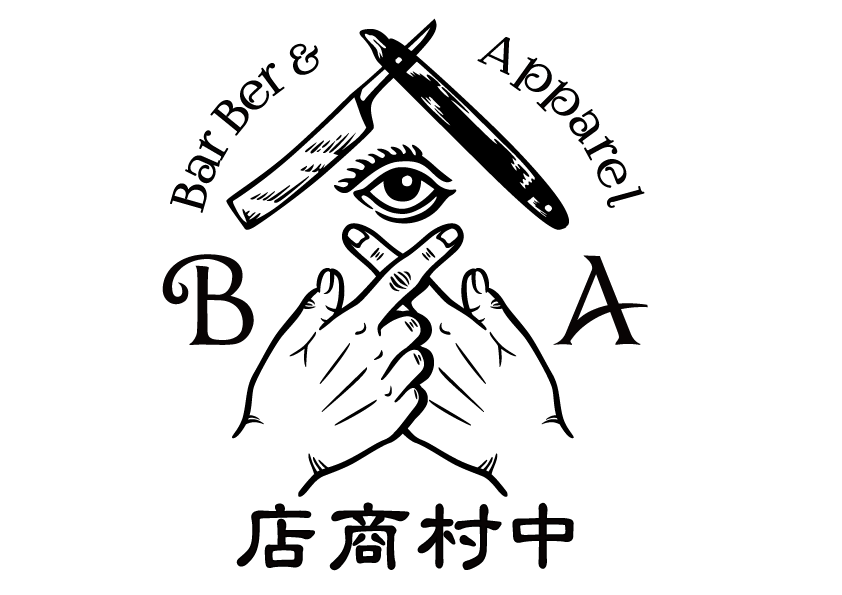Key points to consider when introducing dynamic pricing for solo salons
When introducing dynamic pricing to a one-person salon (pay as you go), we recommend that you first set simple divisions into off-season, busy season, and super busy season , and the range of fluctuations. By gradually collecting data as you operate the system and going through the PDCA cycle, you can get closer to the optimal solution.
1. Collecting reservation information
(1) Manual recording (Excel/Google Spreadsheet, etc.)
- Record in table format: Date and time (day of the week and time), treatment menu, number of visitors, average customer price, etc. are all managed in a list.
- Add memo fields: reason for cancellation, inquiry details, reservation lead time (whether the reservation was made a certain number of days in advance, etc.).
- Using Excel or Google Spreadsheets, you can easily sort, filter, and graph data, making it easy to understand trends in your data.
(2) Use of reservation systems/apps
- The beauty reservation system's "Reservation History Analysis Report" function automatically compiles information such as the number of visits, sales, and repeat visit rates.
- With an analysis function that can link with day of the week, time of day, and customer attributes, you can see at a glance when a product is popular.
- By linking with Google Calendar and other services, you can visualize your "free time" and "filled time" for smoother management.
2. Collecting data on price fluctuations
(1) Implementation of floating price tests
- It is easier to compare by not making large fluctuations in a short period of time and dividing the test period into periods (e.g., three-month increments).
- The indicators used to examine this include how much the number of customers increased after discounts were offered during the off-season and how sales changed .
(2) Calculation of reservation rate and occupancy rate
- Reservation rate = (Number of reserved treatment slots ÷ Number of available treatment slots) × 100(%)
- Operating rate = (actual operating time ÷ business hours)
- Get a numerical grasp of how much the off-season discount has increased your reservation and occupancy rates.
(3) Customer response and satisfaction
- A simple survey before and after a price change (via LINE, verbally in-store, etc.).
- Regularly check changes in Google reviews and social media comments.
3. Data-driven PDCA cycle
-
Plan
First, decide the discount rate for off-peak periods and the surcharge rate for peak periods (-1,000 yen / +1,000 yen, etc.). -
Do
Operate the system for at least 2-3 months and record reservation status, sales, and average customer spending. -
Check
Compare how much the number of customers and sales have changed. Check whether there have been any unexpected defections or changes in customer satisfaction. -
Action (Improvement)
Fine-tune the discount amount and surcharge amount to see if they are appropriate. Review pricing while comprehensively looking at customer feedback and data.
4. Specific recommended data items
| Data Items | How we collect | Useful points |
|---|---|---|
| Visit date and time | Reservation system / Handwritten | Basic indicators for determining peak and trough times |
| Reservation Lead Time | Recorded at the time of reservation (reservation made ◯ days in advance) | It is easy to know "when is the best time to make a reservation" |
| Treatment menu | Register and chart information | You can analyze usage trends by menu |
| Average customer spending | Cash register results (total amount) | Measure the impact of price fluctuations on average customer spend |
| Reason for cancellation | Hearings/Notes when contacting | Determine if price is the cause or something else |
| New/Repeat Type | Customer registration information at the time of booking | Check whether regulars tend to avoid busy periods |
| SNS/word of mouth reactions | Google reviews and Instagram comments | Get direct customer feedback on price increases/discounts |
| Total Sales | Monthly or weekly calculations | A comprehensive understanding of the degree of improvement in overall profits |
| Uptime | Business hours - Available times | Check whether the reduction in non-treatment time has contributed to improved utilization rates |
5. Summary
When introducing dynamic pricing, the key to success is to start with small rule changes and then repeat the cycle of "collect data → compare and verify → improve."
- At first, do not make the fluctuation range too large, and start testing from about -1,000 yen / +1,000 yen.
- Quantify the number of reservations, sales, average customer price, and utilization rate, and periodically implement the PDCA cycle.
- Don't forget to inform your customers in advance and communicate politely
This steady accumulation of data is the shortest route to achieving both ideal pricing and increased customer satisfaction .






Share:
Wear Hokusai's masterpieces revived in modern times
The Cutting Edge of Barbershop Design: Dual-Axis Analysis and the Latest Trends